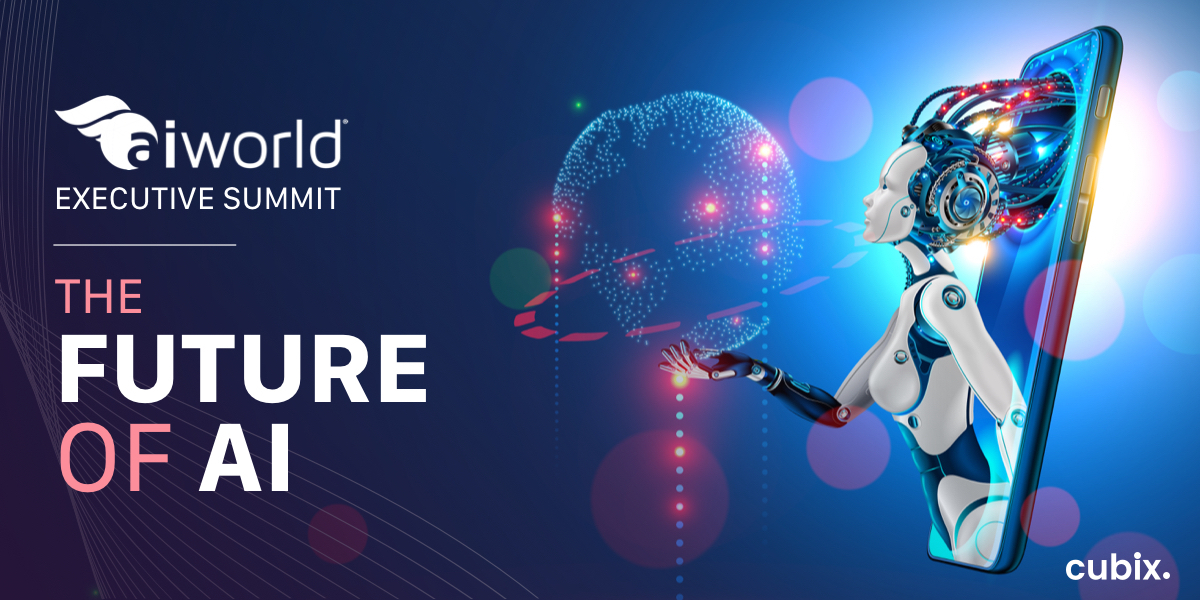Somewhere in between the narrow corridors of AI and General AI lies an uncertain, undefined space called the twilight zone of AI. According to Gary Grossman, a Global Lead at the Edelman AI Center of Excellence, GPT-3 is an example of a departure from narrow AI toward something way more generalized in its approach. The interesting part is that some of its task handling was not planned by its creators.
GPT-3 can handle many different tasks without any additional training, produce compelling narratives, write computer code, autocomplete images, translate between languages, and make mathematical calculations, in addition to other meaningful tasks. All this sparks our imagination when it comes to the future of AI.
With GPT-3 capable of so much, we still debate how soon we will have AI that is as intelligent as or more intelligent than the human brain. It is often supposed that we may not be too far from producing machines that have an intelligence level on par with human beings. However, not everyone agrees with this notion.
The artificial intelligence that we see performing various everyday functions is driven by Machine Learning, a process that makes AI better and more accurate over time. However, it is Deep Learning at the center of the main activity; this is where outstanding things actually occur, and it’s also where a multitude of failures can be seen.
AI itself is what we end up with in terms of an intelligent operation capable of performing a certain set of tasks. The real meat of this is its machine learning process that increases AI capability. However, data absorption over time is a crucial problem; at what speed this happens, and how capable we are in terms of getting machines to perform, are among some of the major questions.
Deep Learning is generally said to be the crux of our progress for AI. And it's the capability or the lack of capability is only as good as our processing capacity. This is in part what determines how far or close we are to building machine capability akin to human intelligence.
To summarize this:
Deep Learning and AGI
With recent advances, there is no question about the tech industry departing from the confines of narrow artificial intelligence (AI) and entering uncharted territory. And that is a fair bit of uncertainty for something as big as the future of AI.
David Chalmers describes GPT-3 as "one of the most interesting and important AI systems ever produced." And that it is; it possesses amazing capability, and it’s the reason why Microsoft announced that it had licensed "exclusive" use of GPT-3. Yet, we struggle to determine how quickly we will have a machine with human intelligence.
Processing Capacity
Processing is among the major obstacles to deep learning, although we do have some fantastic AI technologies available. It takes an absolutely insane amount of processing capacity to contend with tons of data that are necessary for progressing from one level to the next.
Despite vast amounts of computing power that is also spread across cloud space, is not enough to get us where we want to be.
Algorithm Efficiency
Apart from our incapability when it comes to processing vast amounts of data efficiently, there is concern regarding how data is processed and how capable today's algorithms are.
Depending on the type of deep learning required, there is perhaps some thinking to be done when it comes to algorithm design, i.e., how could it become more efficient?
If an algorithm can operate with higher efficiency, it may mean less load for processing. However, the need for higher processing capability seems to be the point that's worth focusing on. While this remains as the identifiable challenge in a great many instances, AI has become more popular in everyday usage.
In late 2018, Forbes discovered that processes in 47% of businesses included at least one AI capability. That gave us more than a clue regarding an increasingly AI-driven world involving AI app development. More and more entities have embraced AI usage in one form or another. In many cases, companies are engaged in developing AI specifically built to fit their business needs.
With the AI World Executive Summit just around the corner, people are excited about the future of AI. AI technicians and scientists themselves are keen to see what their peers have achieved and how close the AI fraternity is to achieving human-equivalent AI and other breakthroughs; we hope to see it all on July 14.

